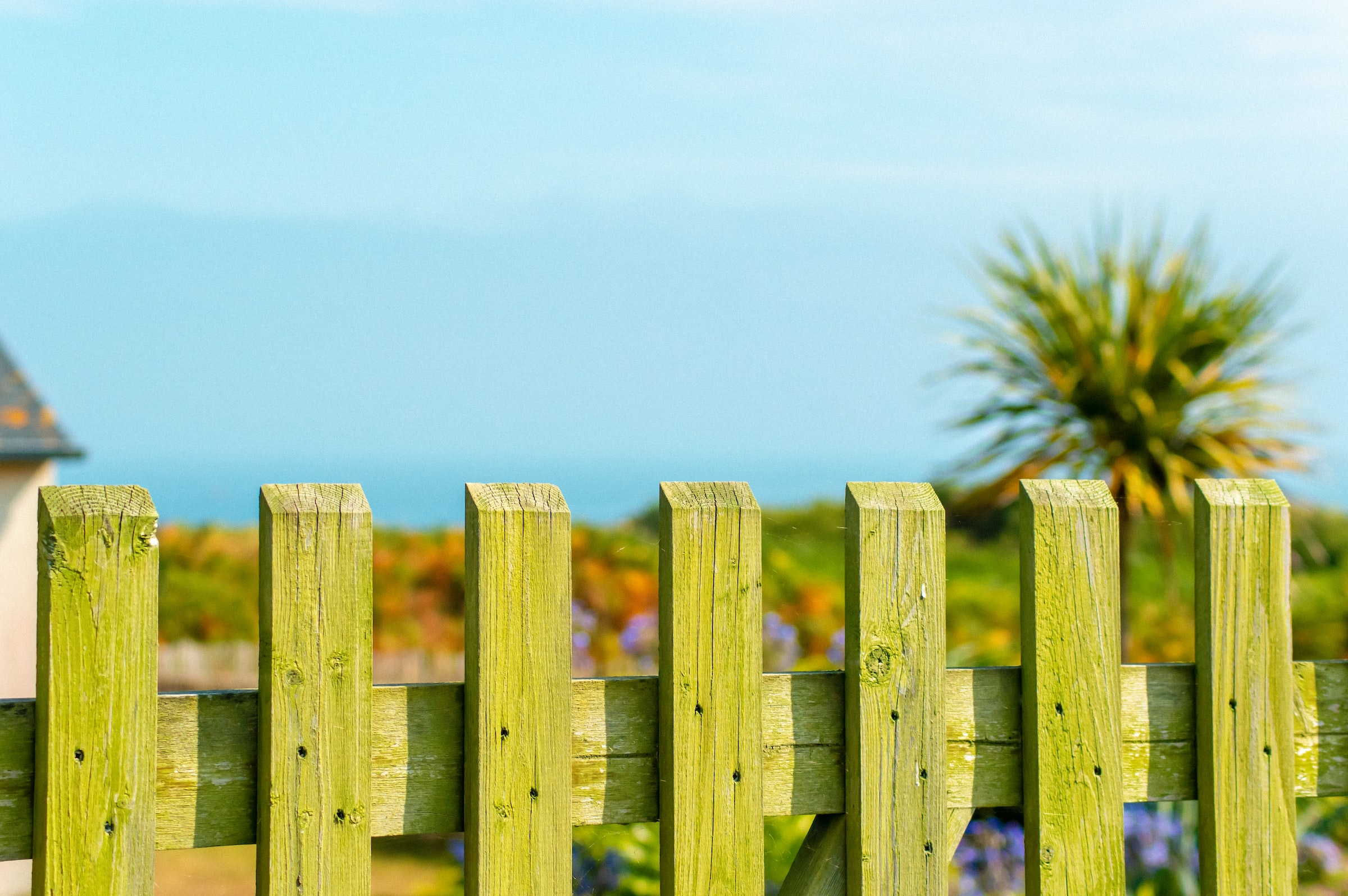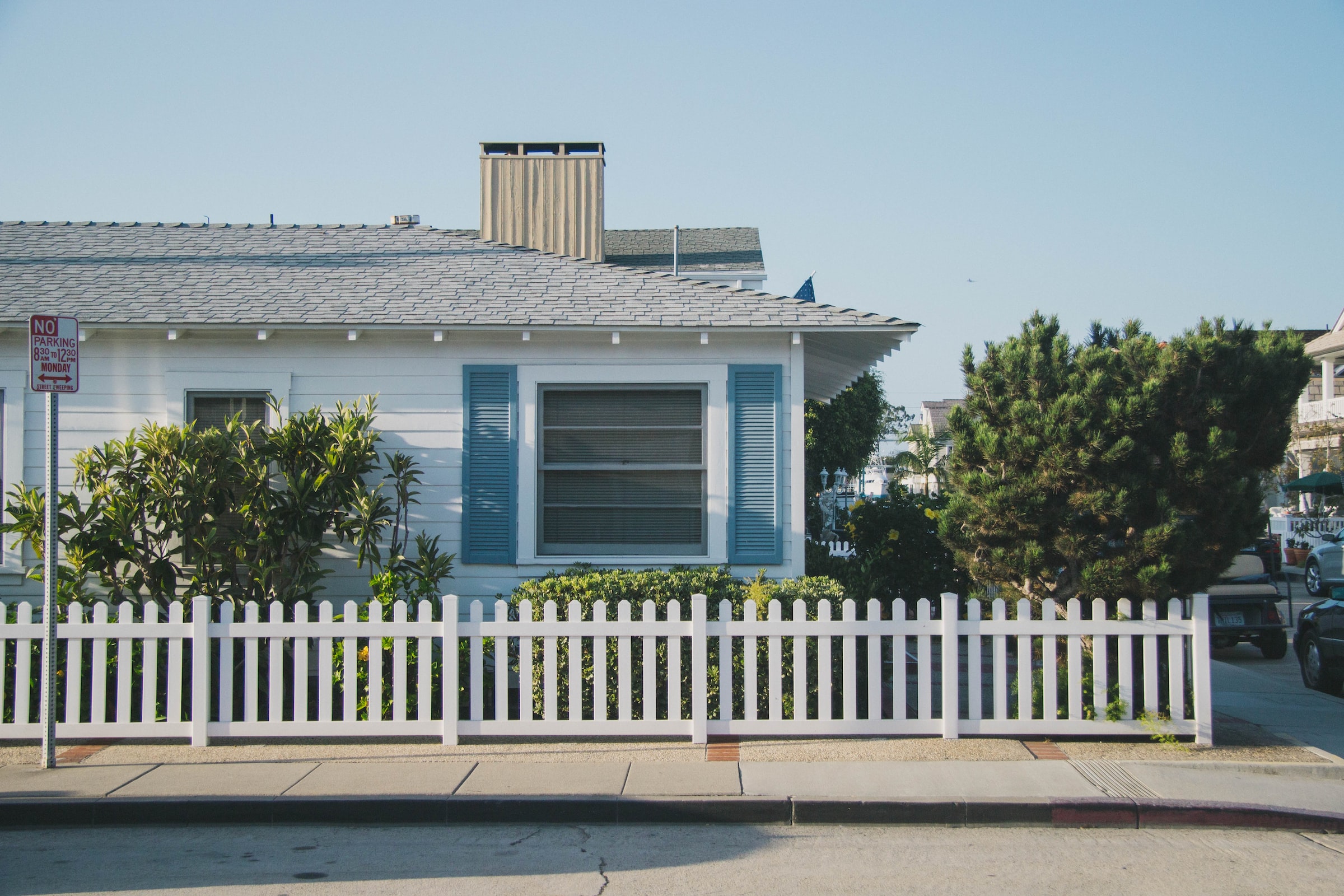Are you looking for a type of fence to enclose your property? There are several solutions, but the rigid wire fence is one of the most popular types of fences and has several advantages. It is suitable for agricultural and industrial properties, farms, parking lots, green spaces, etc. In this article, let’s take a look at the characteristics of a rigid wire fence.
The characteristics

The rigid wire fence comprises metal wires forming rigid panels, posts, or poles with notches, round collars, caps, and a base plate.
The rigid panels are sold in lots of several units of 1 to 1.5 m in height and 2 m in length. They are available in several colors, such as black, green, red, etc.
On the one hand, they can be a rectangular or square mesh that is either welded (which makes the mesh more resistant) or knotted. In this case, the mesh is less resistant but more flexible. On the other hand, the panels can be in the form of rolls.
Note that if you have one, you can fix the rigid fence directly to the ground or your low wall.
The advantages of rigid fencing
An interesting price
Being both solid and economical, the rigid wire fence represents a good quality/price ratio compared to other fences. A concrete fence is more resistant but more expensive (80 to 250 euros per linear meter), and a wooden fence is less resistant and more expensive (30 to 200 euros per linear meter).
While the price per linear meter of a rigid fence varies between 20 and 60 euros, depending on its range.
A great robustness
In general, fences are made of galvanized steel wires and painted with plastic paint, which allows them to fight against corrosion and ensures a good longevity (at least 10 years) against bad weather.
A trendy fence
The rigid fence is a modern fence. You can add a touch of elegance by painting it with a color of your choice, by adding a privacy screen to guarantee your privacy against the prying eyes of passers-by and your neighbors, or by growing climbing and creeping plants.
In addition, it is an all-purpose fence because it easily adapts to your land, regardless of its characteristics: winding or straight contours, flat, uneven, sloping, etc.
A very convenient fence

The rigid fence is easy to install. In fact, it doesn’t require major work that will disrupt your exterior; you can install it yourself.
If you don’t have enough time or energy for that, you can call on a specialist in the sale and manufacture of fencing.
It is easy to maintain. You only have to clean it with a cloth or a sponge soaked in warm water and soap, followed by a rinse. This cleaning can be done once or twice a year. To keep it fresh, you can also repaint your rigid fence after a few years.
The different steps of its installation
The installation of a rigid fence is done in 3 main steps:
Plotting the location of the fence
Before starting the installation:
- Trace the location of your fence and plan the location of your gate.
- Stretch a mason’s line between the beginning and end of the fence, attaching it to a tape rack.
- Make holes for posts or stakes. These should be at least 2.5 m apart.
Installing the gate
Next, install the gate. To do this:
- Dig 2 holes 80 cm deep and at a distance, depending on the size of your gate, for the insertion of the posts.
- Pour a layer of gravel about 10 cm thick into each hole.
- Place each post of your gate one at a time by placing wooden wedges underneath. Once your gate is securely in place, you can attach the gate leaf, cleat it, and pour concrete on the foundation.
Mounting the fence

Next, insert the posts or stakes, first making foundation holes like the ones in the gate. Place the collars on the tension bars and attach the wire tensioners to them with the hook screws. You can now tension the mesh. Finally, connect the tension wires (top and bottom) to the mesh.
Sound off in the comments section below, and tell us what you want to read next and if you want to read more about fencing.



